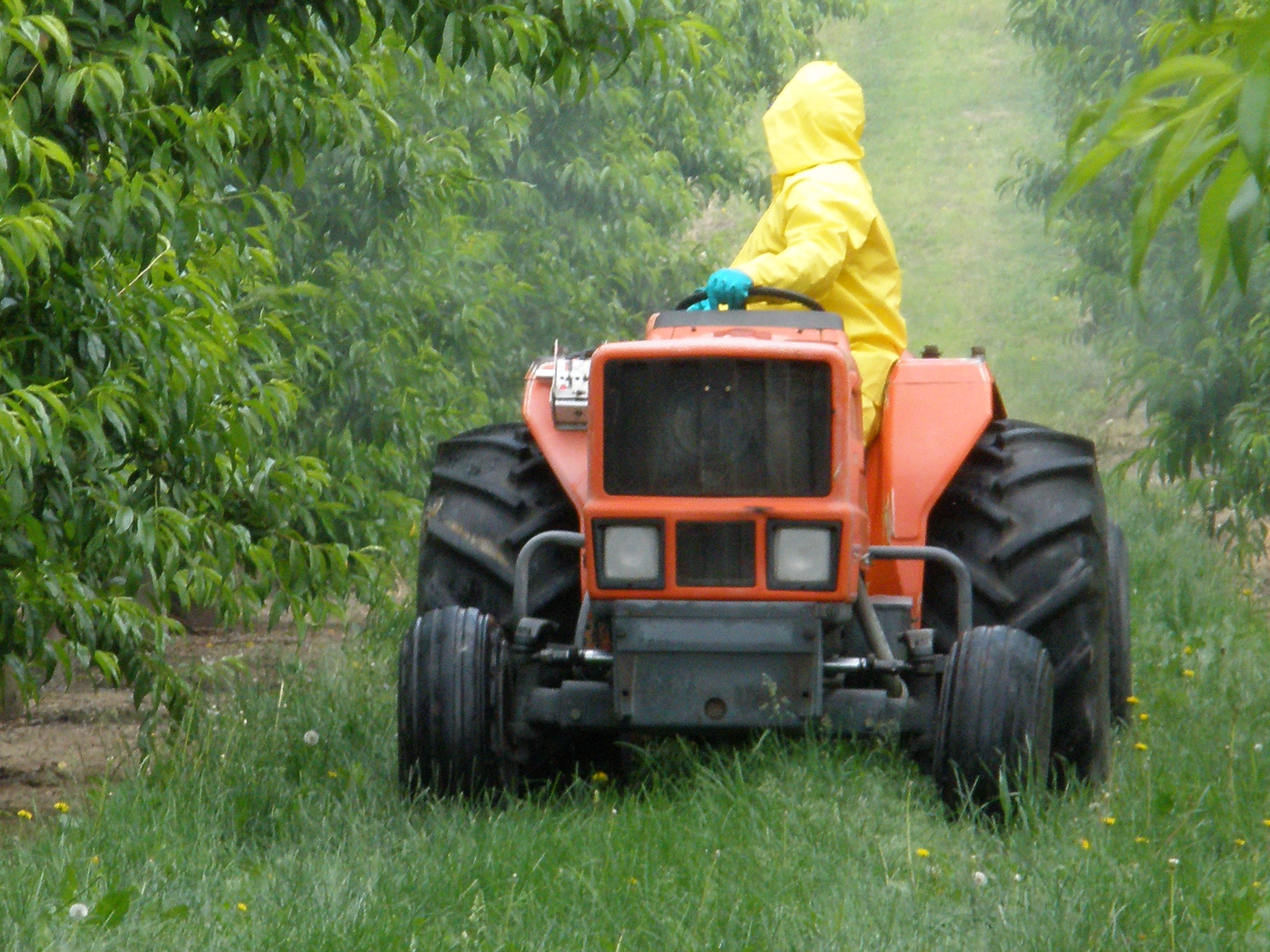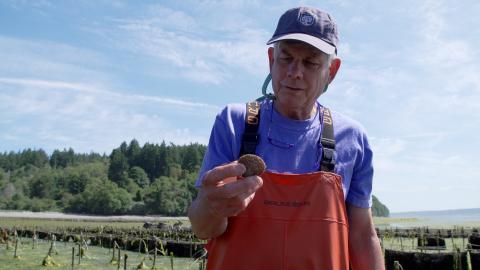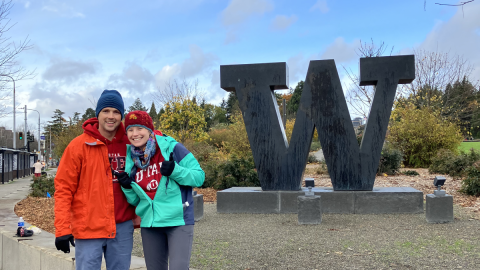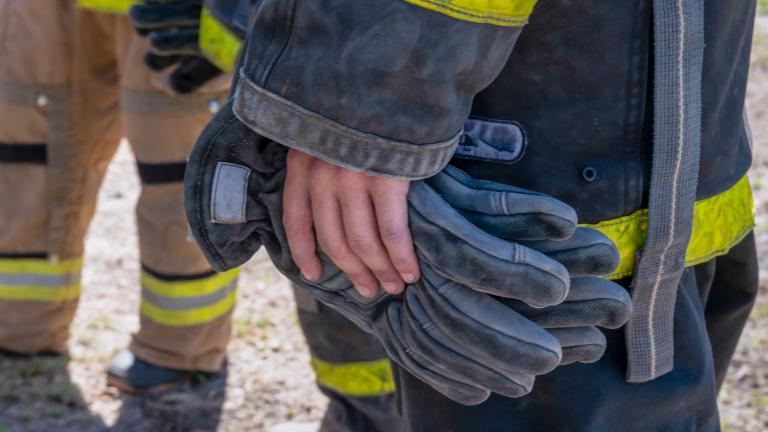Every day, hundreds of workers across Washington state are hurt on the job. Some lose their lives. Many of the industries that shaped the state — forestry, fishing, agriculture — are riddled with risk.
The University of Washington has for years been instrumental in the state’s efforts to keep workers safe. UW experts study workplace hazards like the toxic fumes inhaled by nail salon workers and the worsening heat waves faced by agricultural workers east of the Cascades. The UW’s training and education programs, from undergraduate education to continuing education for industry professionals, prepare trainees to oversee health and safety programs for businesses across the state. UW experts consult with businesses on how to keep workers safe and productivity high. And a partnership between the School of Public Health and UW Medicine provides specialized care to injured workers.
“Worker health and safety is a vital component of what the University of Washington does,” said Marissa Baker, a UW assistant professor of environmental & occupational health sciences.
Dramatic federal cuts
But those efforts are now under threat. This year, the federal government has dramatically cut the programs that fund worker safety efforts like those at the UW. In April, the Trump administration slashed the staff of the National Institute for Occupational Safety and Health (NIOSH), the federal agency dedicated to worker safety. The agency has closed nearly all its research and training programs, creating uncertainty over whether funding will continue.
NIOSH has long been a significant source of funding for UW’s occupational health and safety research and training programs, complementing core funding from the state. Without federal support, much of that work will stop in its tracks. That means less research into the hazards workers face, and fewer people who are trained to mitigate those risks and treat workplace injuries and illnesses.
Ultimately, Baker fears workers across Washington will feel the impact.
“I suspect that if the cuts to NIOSH are maintained and the work that we’re doing here at the University of Washington no longer continues, the number of workers who are injured or lose their lives in Washington is going to go up,” Baker said.
Medicine and public health combined
Federal funds support the UW Northwest Center for Occupational Health and Safety (NWCOHS), which prepares graduate students to work in occupational health and safety and provides continuing education to industry professionals. The NWCOHS addresses the need for specialists in occupational medicine by supporting training programs for physicians.
Trainees work out of specialty clinics, including the Occupational and Environmental Medicine Clinic at Harborview Medical Center, which treats patients who are injured on the job. Physicians at the clinic learn how to connect workplace exposures to patients’ health outcomes and craft treatment plans to help workers recover and safely return to work.
“It’s a unique combination of medicine and public health. We’re thinking about individual patients who are sitting in front of us, and also how to prevent workplace injuries and illness for populations of workers” said Dr. June Spector, research associate professor of environmental & occupational health sciences and former director of the occupational & environmental medicine program at the UW. “The goal is for workers and patients to be healthy and feel gratification from the work they’re doing, which often contributes to a healthy and productive workplace.”
The benefits aren’t theoretical — the UW’s occupational health and safety work has led directly to improved working conditions for some of the state’s most essential workers.
Protecting agricultural workers
Consider forestry and agricultural workers, who experience higher rates of workplace injury and death on the job. For decades, the UW’s Pacific Northwest Agricultural Safety and Health Center (PNASH) has received federal funding through a NIOSH program focused exclusively on agricultural workers’ health and safety. PNASH experts have built deep ties across the state, working in collaboration with community members and industry partners to build safer, stronger workplaces.
A few years ago, PNASH researchers learned that workers tasked with applying pesticides weren’t always properly wearing their protective equipment and faced frequent exposure to these hazardous chemicals. Researchers leaned into community and industry connections to better understand the barriers. Then they got to work on solutions.
PNASH developed practical training that allows pesticide applicators to see how the sprays drift through the air by using a fluorescent tracer that lights up on clothes or skin. They studied how workers typically apply pesticides and suggested new methods that ensured the chemicals hit their target and didn’t drift onto workers. And they built tools to translate the warning labels on pesticide containers, which were written almost entirely in English, into Spanish, the primary language of many farm workers.

The resulting pesticide safety toolkit, developed in collaboration with farmers, educators and researchers across the state, is designed to benefit both workers and their employers.
“A unique role that we have at the UW is being able to listen to those who don’t have the ability to individually contact their employer or to contact the state, and to really make their voice heard,” said Elena Austin, a UW assistant professor of environmental & occupational health sciences whose research focuses on protecting agricultural workers. “And we work with a wide variety of partners to really engage those essential workers that are growing our food and fishing in dangerous waters and understand how we can return information to them that’s actionable, meaningful and practical.”
NIOSH funds make that work possible. But the White House has proposed eliminating all federal funding for agricultural worker health and safety, putting PNASH’s funding in jeopardy. Leaders are searching for alternate funding to support the center’s critical services.
“We’re very concerned about this sudden change in federal focus and lack of resources being allocated to health and safety research,” Austin said. “We worry about our region in particular, that our workers are going to suffer and our businesses are going to have to bear the cost.”
Adapted from the full story here: Video: UW helps protect Washington’s workers through occupational health and safety research, training



